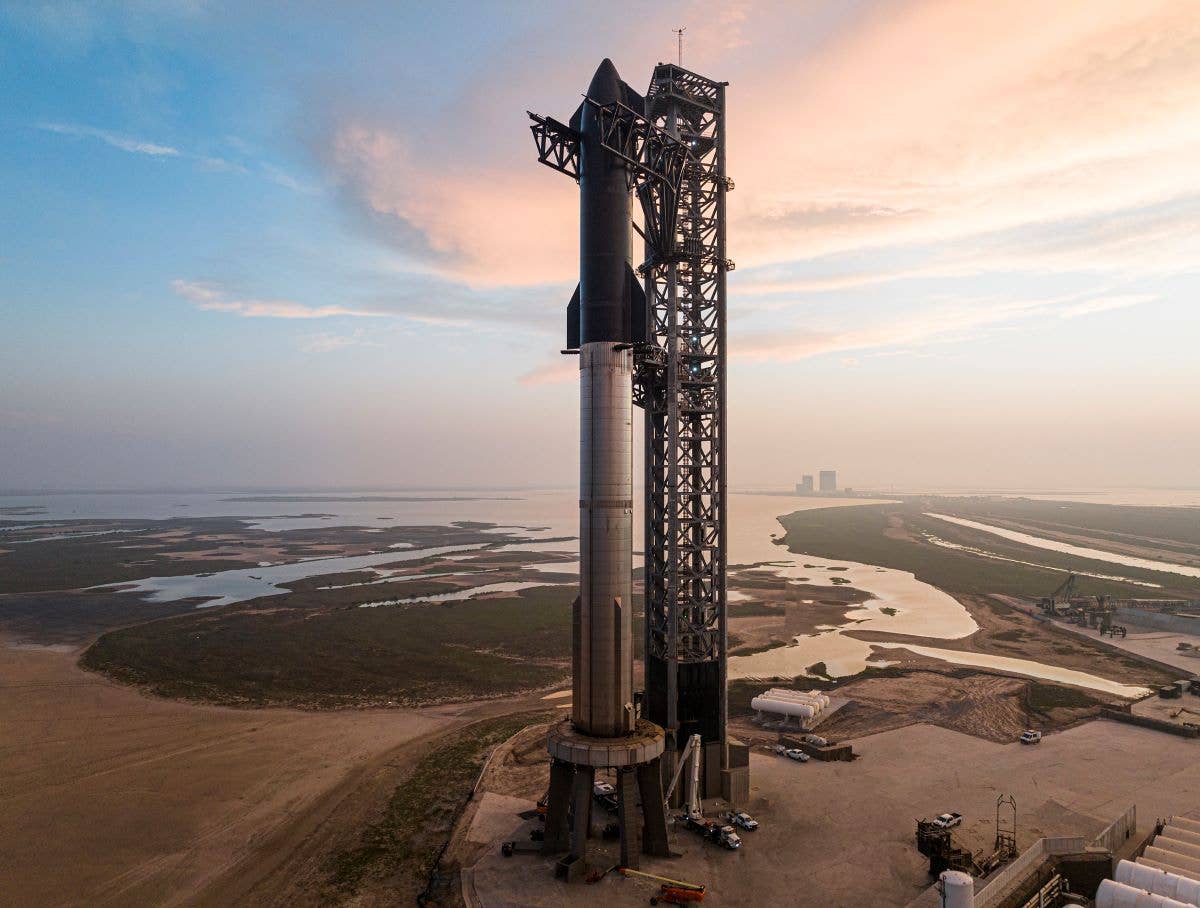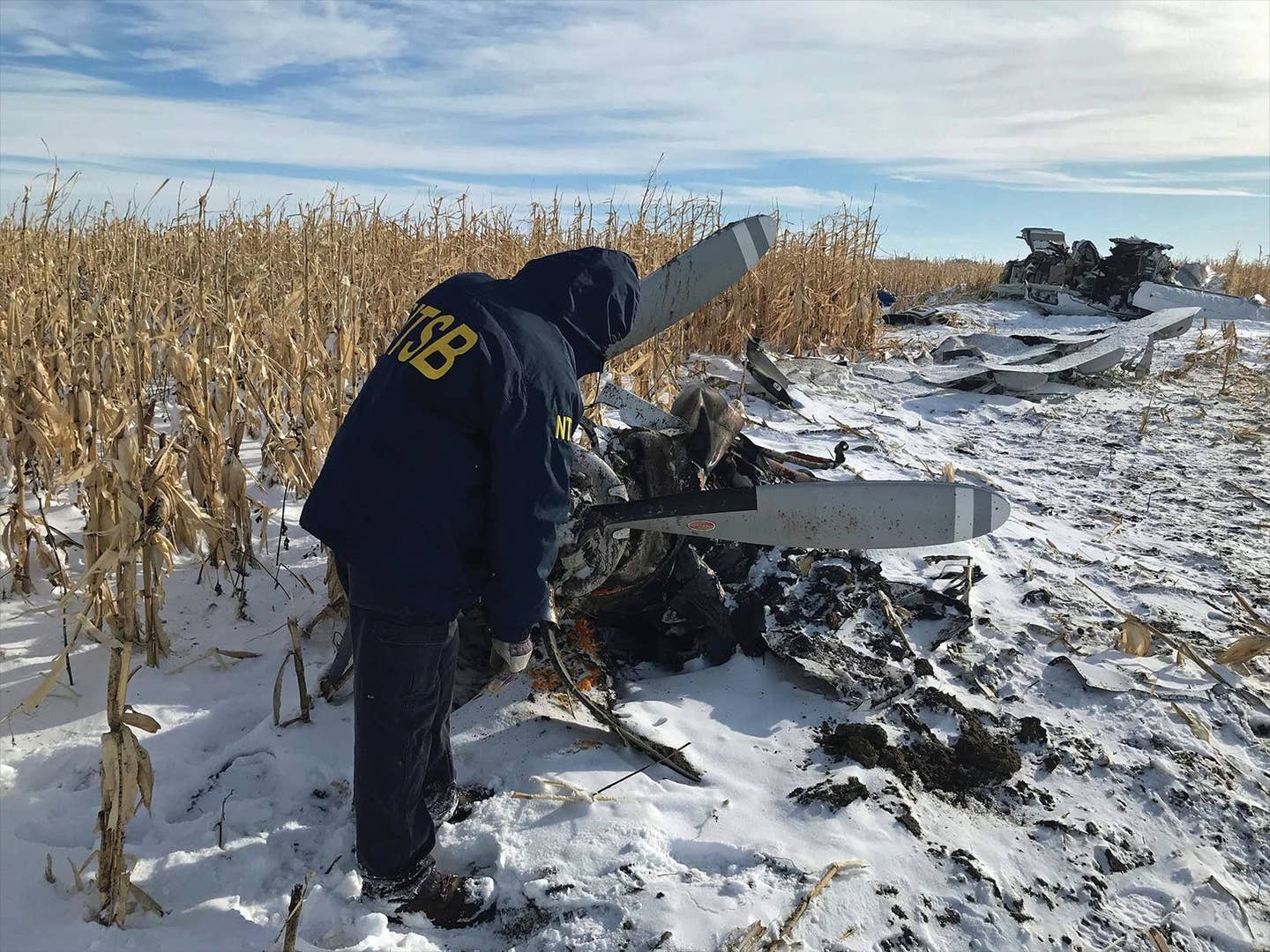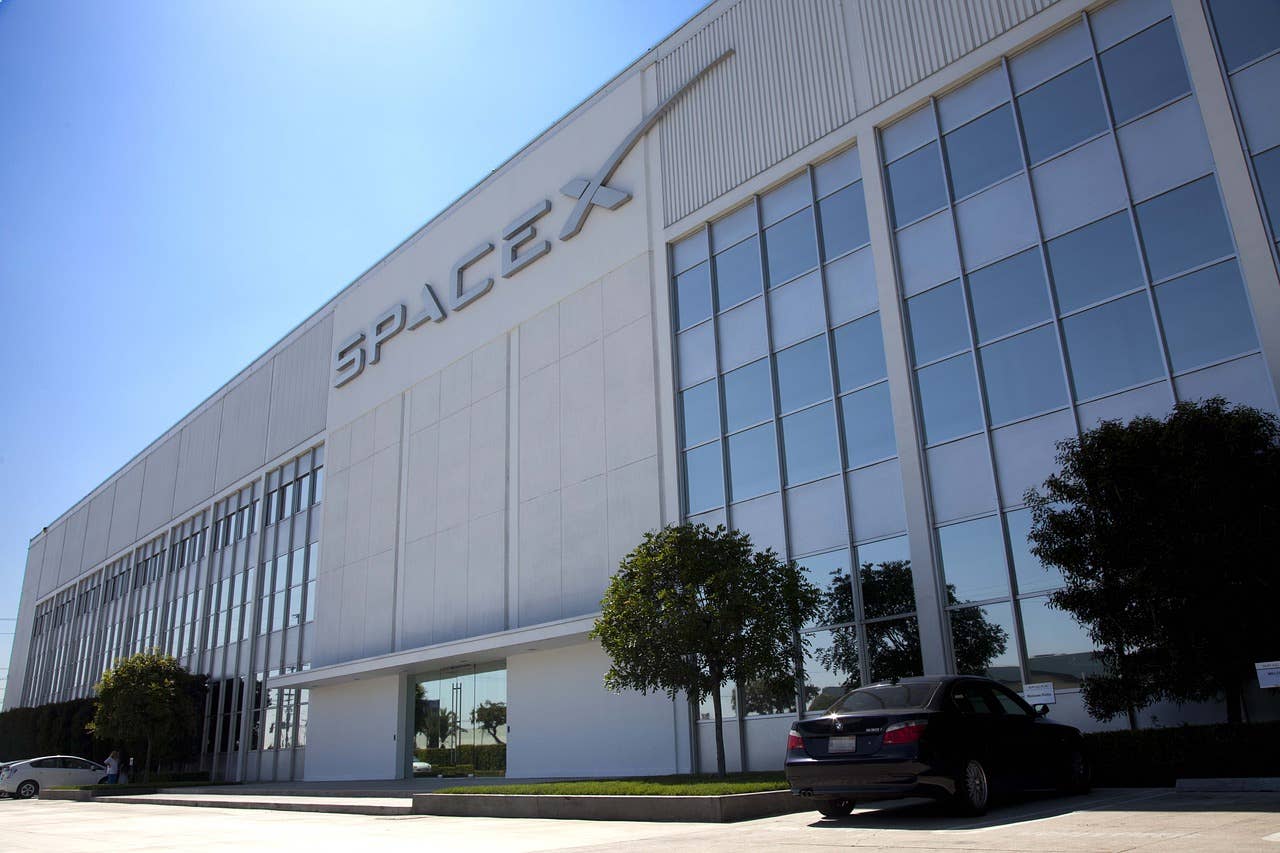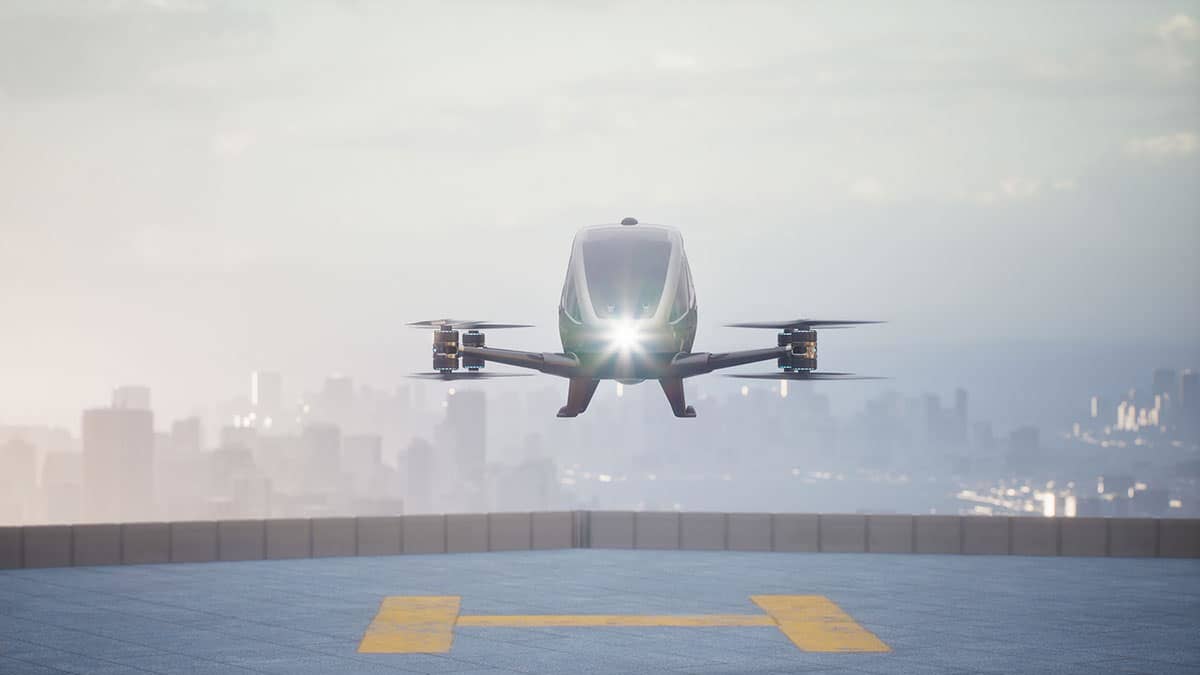SpaceX Starship Grounded Indefinitely By FAA
The spacecraft could be out of operation for months as the FAA investigates the cause of last week’s launch explosion.

SpaceX called the event a “rapid unscheduled disassembly.” [Credit: SpaceX]
For all of SpaceX CEO Elon Musk’s enthusiasm about the orbital test flight of Starship, last week's launch has sidelined the project for the time being.
Shortly after Thursday’s test flight concluded in a ball of flames, reports emerged that the FAA has grounded Starship as it conducts an investigation into the reason behind the explosion—and as others examine the potential health and safety hazards it created.
The FAA confirmed this in an April 20 statement: “An anomaly occurred during the ascent and prior to stage separation resulting in a loss of the vehicle. No injuries or public property damage have been reported. The FAA will oversee the mishap investigation of the Starship / Super Heavy test mission.”
An FAA spokesperson told FLYING that mishap investigations, which are standard in cases such as this, “might conclude in a matter of weeks,” but more complex investigations “might take several months.”
It’s unclear where the Starship explosion falls on this spectrum. But we’re beginning to get an idea of the launch’s effects on the surrounding area.
Though Musk warned prior to the launch that Starship would likely explode, telling listeners in an April 16 Twitter Spaces that it would be “a success” if it did not destroy the company’s Boca Chica, Texas launchpad, the test flight’s impact appears to be greater than SpaceX expected.
Broken windows and ash-like particulate matter from the launch have been reported as far away as Port Isabel, a town of about 5,000 people six miles away from the launchpad, and South Padre Island, where onlookers watched the test flight from about five miles away. Port Isabel residents also reported shaking buildings, resembling the aftermath of a Starship explosion in 2022.
The debris field was expected to span 700 acres, or a radius of about one mile, equivalent to the size of the debris field resulting from Starship’s largest explosion to date.
Getting reports from multiple people now of “particulates” raining down in areas of Port Isabel after the nearby explosion of the SpaceX rocket stack Starship/Superheavy, 4 minutes after liftoff this morning from Boca Chica in the Rio Grande Valley. pic.twitter.com/Vb9ritd7JE
— Pablo De La Rosa (@pblodlr) April 20, 2023
The City of Port Isabel said that there is no “immediate concern for people’s health,” but environmental groups are holding judgment until a full investigation can be completed.
Spokespeople for the Sierra Club and the Center for Biological Diversity noted that the particulate emissions may be unsafe to touch or breathe in, and samples will need to be collected and examined to dispel any concerns.
Experts also worry about the impact on the surrounding environment and ecosystem, which is home to several endangered species. These animals could be vulnerable not just to debris, but also to the noise of the launch. Reporter Lavie Ohana, who was present for the test flight, called it “one of the loudest launches I’ve ever been at.”
Particles falling in Port Isabel minutes after launch. @elonmusk #SpaceX #Starship #Starbase #TLPNetwork #TLPCrew pic.twitter.com/mu5hKmbih6
— The Launch Pad (@TLPN_Official) April 20, 2023
Eric Roesch, an environmental engineer and former regulator who runs the blog ESGHound, noted that the launch tower sits just a few hundred feet away from a protected habitat owned by Texas Parks and Wildlife.
And per data Roesch obtained from the U.S. Fish and Wildlife Service via a Freedom of Information Act request, a February static fire test—essentially a test run for the test flight—produced far more noise than SpaceX projected. Intensity readings three miles from the test site reached 110 decibels, the equivalent of standing next to a jackhammer, according to the agency. That test was conducted at 50 percent of total thrust.
Roesch also pointed out that the Boca Chica launchpad does not have a flame trench or water deluge system, features present at most other large sites that help to suppress heat and sound from launches. NASA's Space Shuttle orbiter, for example, took off over a flame trench.
Some, like Roesch, have criticized the FAA’s willingness to go ahead with the launch given these concerns. Though the agency required SpaceX to take more than 75 actions to mitigate the environmental impact of the test flight, Roesch predicted that the launch would be more severe than anticipated, and it appears he was not far off.
As the FAA dives deeper into the safety of Starship’s operation, SpaceX has another hurdle to overcome. While it appeared that the infrastructure supporting Starship avoided the same fate as the rocket itself, it later became clear that the launchpad suffered major damage.
The force of the rocket and the lack of a trench beneath it created a massive crater under the launcher, which could render it unusable for months. Musk on Twitter speculated that “the force of the engines when they throttled up may have shattered the concrete, rather than simply eroding it.”
Musk also said that SpaceX had previously planned to install a water-cooled steel plate beneath the launcher, but scrapped it because it “wasn’t ready in time,” adding that, “we wrongly thought, based on static fire data, that Fondag [concrete] would make it through 1 launch.”
Musk also offered a timetable for the next launch: one to two months. But even if SpaceX is able to repair the launchpad in that time, it will still need the FAA’s signoff to run another test.
The good news for SpaceX is that the relationship between the space exploration firm and government regulators appears to be intact. On Tuesday, the company won approval from the U.S. Space Force to add a fifth U.S. launch site, signaling the government’s continued interest in working with Musk and SpaceX.
There’s that, plus the company’s collaborations with NASA on other missions, like resupply trips to the International Space Station using SpaceX’s Dragon. Chances are that NASA and SpaceX will continue to work together for the foreseeable future. What remains to be seen, though, is how long of a leash the FAA will give them.

Subscribe to Our Newsletter
Get the latest FLYING stories delivered directly to your inbox






